- Details
- Written by Gordon Prentice
As I am driving down Elgin Street towards Leslie I notice this mega-structure under construction, sticking out like a sore thumb in a street full of neat, well-ordered bungalows and low rise buildings.
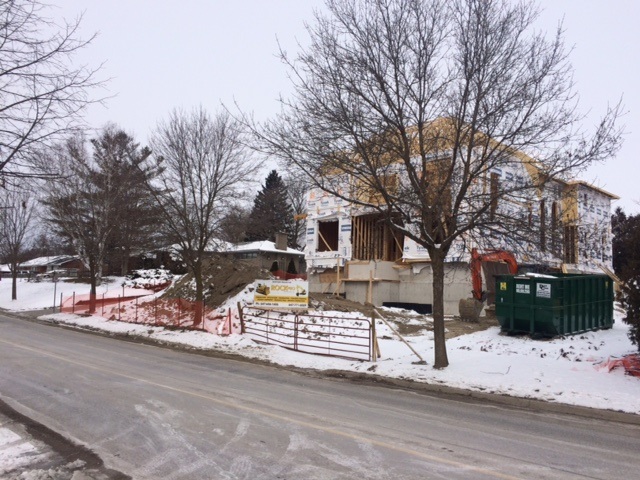 It is in Jane Twinney's Ward 3.
It is in Jane Twinney's Ward 3.
When I get home I consult the Town's Zoning By-Law (as one does) and discover the area is designated RC-1 (which I presume is the same as R1-C) which is shorthand for Residential Detached Dwellings.
The maximum lot coverage is supposed to be 35% though this monster home at 1011 Elgin Street seems to be shoehorned into a tight space.
Detached dwellings come in zones with many permutations.
Lilliputian
The ones in this part of Elgin Street seem to be governed by a zoning by-law specifing a maximum height of 10.7 metres or 35 feet even though neighbouring buildings all appear Lilliputian by comparison.
Of course, the Town's consolidated Zoning By-law 2010-40 allows exceptions to the general rule. Where would we be without them, the exceptions? 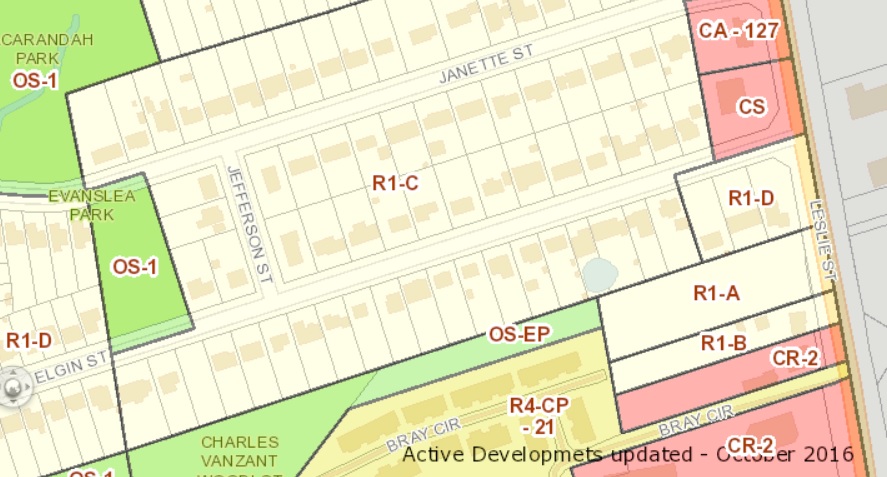
If a developer doesn't want to conform with a particular zoning by-law, it seems to me it is much simpler to put in for a "site-specific" exemption. The Town's Zoning By-Law has trillions of these exemptions which explains why it is a big fat tome running to 197 pages.
Space Invaders
These monster homes seem to be sprouting up everywhere. They are the new space invaders.
If they tower over neighbouring properties then, perhaps, the area zoning was wrong in the first place. Is the object to protect and preserve existing stable residential neighbourhoods or is it to promote "intensification" and the efficient use of land?
Different agendas 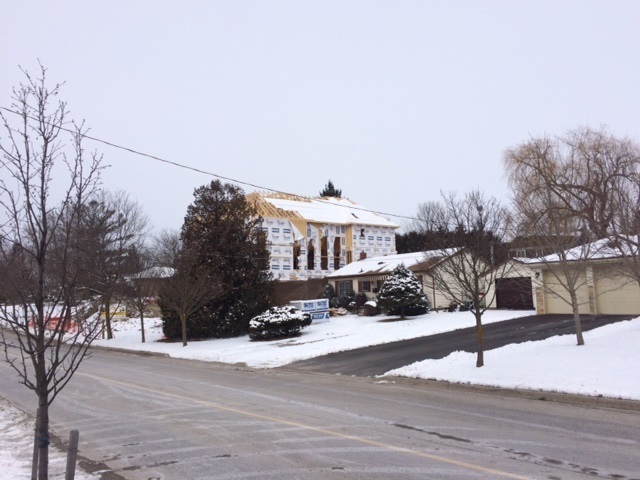
If it is the latter we all need to get real. If you think zoning is designed to protect the public you better wise up fast. It is something for the developers and planning professionals to worry about. And they have their own agendas.
I am sure the new monster home in Elgin Street got all the necessary permissions.
I have absolutely no reason to doubt all the relevant boxes were ticked and everything was properly signed off.
And that is precisely what is so worrying.
This email address is being protected from spambots. You need JavaScript enabled to view it.
- Details
- Written by Gordon Prentice
Joanne Barnett, the matriarch of Marianneville and developer of Glenway, was at her soothing, reassuring best yesterday (6 March 2017). She was centre stage at the Site Plan meeting at the Town Hall seeking approval for the latest tranche of Townhouses which will soon cover the fairways and putting greens of the now defunct golf course. 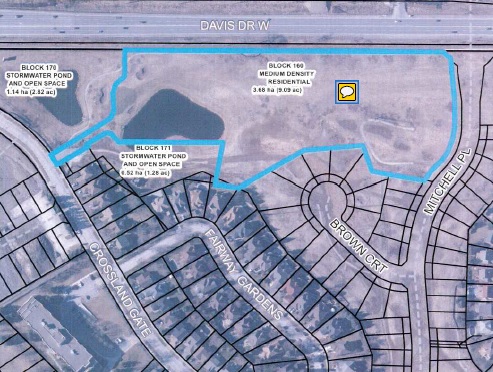
The fairways are now, of course, a distant memory. Today, they are churned up and muddy, much like Paschendale.
Ponds, like bomb craters, dot the landscape where future basements will be.
My spies tell me water continues to be a problem for the developer. I am told it doesn't seem to run away.
But inventive engineers and hydrologists will surely solve the problem and make the water disappear.
Fewer Townhouses
As I am thinking about this, I hear Ms Barnett announce without ceremony that Marianneville is cutting the number of Townhouses in Block 160 (the area where she is seeking site approval) from 153 to 140. There will be 22 buildings with three to eight units in each. Later she repeats:
"There are fewer than the number permitted."
Why is she doing this? What is in it for her?
Ms Barnett explains:
"...although it is zoned for 153 Townhouse units we, because of considerations with respect to buffering and the appropriate amount of green, we are proposing to develop 140 Townhouses."
As a result, the saintly Joanne will be foregoing the profit from 13 Townhouses.
Will she lose sleep over this? I doubt it. After all, Marianneville bought the Glenway lands - the entire shooting match - for $9.9m on 21 January 2010 from the Glenway Country Club (1994) Limited - a sum which Dave Kerwin later described as
"a fantastic buy".
Defining issue
For me, from the outside looking in, Glenway is one of the defining issues of this current Council term – and, indeed, the one before. Hundreds of people have been dramatically affected as their once quiet and leafy neighbourhood is transformed before their eyes.
Unfortunately - as I have repeatedly said - we have never had an honest answer from the Mayor on his role in the debacle. He thanked people at the Glenway "Lessons Learned" meeting for their contributions but, other than that, said nothing himself. It was only afterwards, and in the context of the Clock Tower, Van Bynen revealed his true colours.
"We learned from Glenway that polarity doesn't help anybody."
Translated, this means his preference is always to cut a deal with developers.
Ironies
There are, too, the ironies.
Glenway is being built over at a time when the Town now recognises there will be a shortage of public open space in this part of town - the so-called North West quadrant. In its decision on Glenway, the OMB remarked that by 2010 the Town knew the golf course was available for development but took no steps:
"...to acquire these lands for public open space and public park purposes."
We also wait to see what, if anything, happens to the GO Bus Terminal at Eagle Street. There is - and always has been - a very strong case for co-locating it with the GO Rail station at the Tannery.
However, at the OMB Hearing, much of the argument in favour of the Glenway redevelopment was predicated on the Bus Terminal staying where it is.
Not a shred of evidence
Indeed, the developer's lawyer, Ira Kagan, told the OMB on 27 March 2014:
"There is not a shred of evidence that the Town, Region or GO Transit want to move this bus terminal."
But now that the long awaited Metrolinx/Town “mobility hub study” of the GO Rail station at the Tannery is under way, the Bus Terminal could be on the move too.
If so, much of the rationale for the Glenway development goes with it.
This email address is being protected from spambots. You need JavaScript enabled to view it.
A site plan meeting looks at the design and technical aspects of a proposed development to ensure everything is in compliance with all the relevant rules and regulations.
- Details
- Written by Gordon Prentice
As a frequent visitor to York Region Elementary School on Yonge Street I feel I know the boys and girls quite well.
There's Jack Heath from Markham, always with his hand up, dying to tell us how much he knows. Then there is Frank Scarpitti, the boy who gets the most pocket money, but he contributes to the life of the school, always asking questions about school projects.
Playing with his Apps
And then there is Tony Van Bynen from Newmarket who sits at the back of the class, rarely saying anything. More often than not he is playing with his apps under the desk.
Personally, I think he gets far too much pocket money for his own good.
Take this example from earlier today.
The School had invited Mr John Jenson and two of his colleagues from Metrolinx to give a slide presentation on Regional Express Rail and how it would impact on York Region.
Van Bynen caught napping 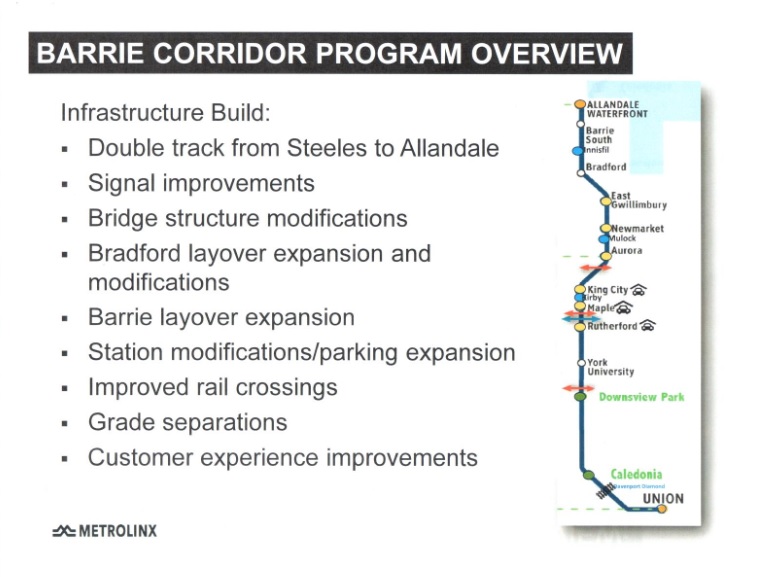
Up comes a slide which tells the class that the Barrie line will be twin tracked all the way up to the Allandale station in Barrie itself. I wait in vain for Van Bynen to correct this obvious error but, yet again, he is snoozing at the back of the class.
Clearly, he hasn't done his homework or prepared for this important presentation. Van Bynen - or Van Trappist as they call him in the staff room - lives in his own little private world.
Now Mr Jensen is talking about level crossings and grade separations. This is an important issue in Newmarket where the rail tracks cross Mulock Drive, Water Street, Timothy Street and Davis Drive. At the moment, the 15 minute service zone (that is, up to Aurora) is the top priority for Metrolinx. Newmarket is an afterthought.
A diligent, inquisitive and spirited boy from Richmond Hill, Vito Spatafora, tells us level crossings are a major issue in his neighbourhood and he demands to know what is going to happen and when.
Mr Jenson assures him there will be talks later this year but there is little in the way of detail. Van Bynen is not paying attention to any of this. He says nothing.
The mistake
Afterwards, as Mr Jensen and his colleagues are leaving the school, I stop them and say their presentation was wrong in one very important respect. The Barrie line is not going to be twin tracked all the way up to Allandale. Yes, they say. I am correct. I am told the slide should have referred to the environmental assessment that is being carried out along the full length of the line. Twin tracking will end at Aurora. 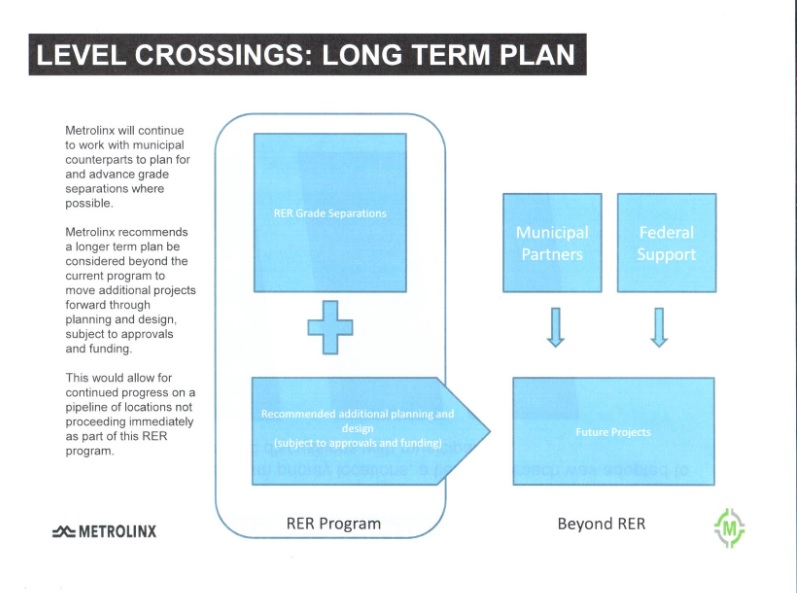
Now the class is learning about water and wastewater. We also touch on sewers which the boys in particular find hilarious. The head boy, Wayne Emmerson, has a fondness for lavatorial humour and can be heard laughing loudly at his own jokes, slapping his thigh.
Now the class is being introduced to the wonderful world of trees. Mr Lane and Mr Buchanan are talking about the "State of the Forests" in York Region.
This should be of interest to Van Bynen because of a raging controversy in Newmarket where a developer is chopping down perfectly healthy mature trees to make room for two monster homes on a lot he has just purchased and which he intends to sub-divide.
A knowledgeable girl
Margaret Quirk, a knowledgeable girl from Georgina, tells the class the Emerald Ash Borer is a particular threat in her neck of the woods where a staggering 16% of trees are Ash. This is the highest in York Region. In Van Bynen's area, for example, only 3% of trees are Ash.
We learn that the Emerald Ash Borer is an invasive wood-boring beetle. All untreated Ash trees are expected to die as a result of this infestation.
Margaret speaks of the huge cost of removing dead Ash trees in Georgina and believes the Federal Government should be asked to contribute to the cost. She says it is not just about Georgina - the problem extends right across the country.
She appeals to Van Bynen who sits on the Association of Municipalities of Ontario which represents the views of municipalities across the Province.
Goldfish
Now Margaret is looking directly at Van Bynen:
"Has this been an issue at AMO?"
His mouth gulps open like a goldfish but no words come out. He has been daydreaming again! It is left to Emmerson to say the matter will be looked into.
If Van Bynen carries on in this way he may well find himself expelled from school.
This email address is being protected from spambots. You need JavaScript enabled to view it.
- Details
- Written by Gordon Prentice
Whilst Norm Stapley is busy chopping down mature trees at 181 Beechwood Crescent the rest of us are thinking how best we can preserve and protect our forests and woodlands.
This is how the property looked before Norm got to work with his chainsaw.

Chris Howie - who is taking a deputation to Newmarket's Committee of the Whole tomorrow - has launched a petition on change.org to save the trees, or what's left of them, from the predations of Mr Stapley. There is an arresting photograph of the felled trees.
Quite by coincidence, this coming Thursday (2 March 2017) York Regional Council will be considering a thought-provoking report on the state of the Region's forests - which includes woodlands, trees and shrubs in all urban and rural areas. It will be sent to Newmarket Council and to the other eight municipalities in due course. 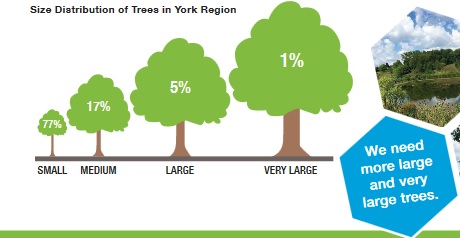
The report reminds us of the crucial contribution trees make to the wellbeing of the planet and to our immediate surroundings:
"The size and health of a tree greatly affects the benefits it provides. Large trees deliver greater household energy savings, air and water quality improvements, runoff reduction, visual impact, property value enhancements and carbon sequestration capacity.
In fact, one large healthy tree can store approximately 65 times more carbon and remove 15 times more air pollution annually than one small tree. Unlike most built infrastructure,trees are a great investment because as they grow their value and benefits increase."
It comes as no surprise, then, that the Region wants to increase the canopy cover from 31% at present to 35% by 2031 and 40% by 2051. Good for it.
Newmarket - a growing urban centre though relatively compact - has the second smallest percentage tree cover in York Region, after Markham so we've got to be a very good steward of what we have.
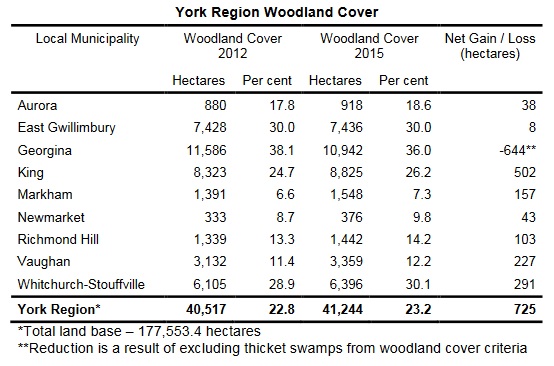
This email address is being protected from spambots. You need JavaScript enabled to view it.
- Details
- Written by Gordon Prentice
The future of Newmarket's historic Main Street is now in play. 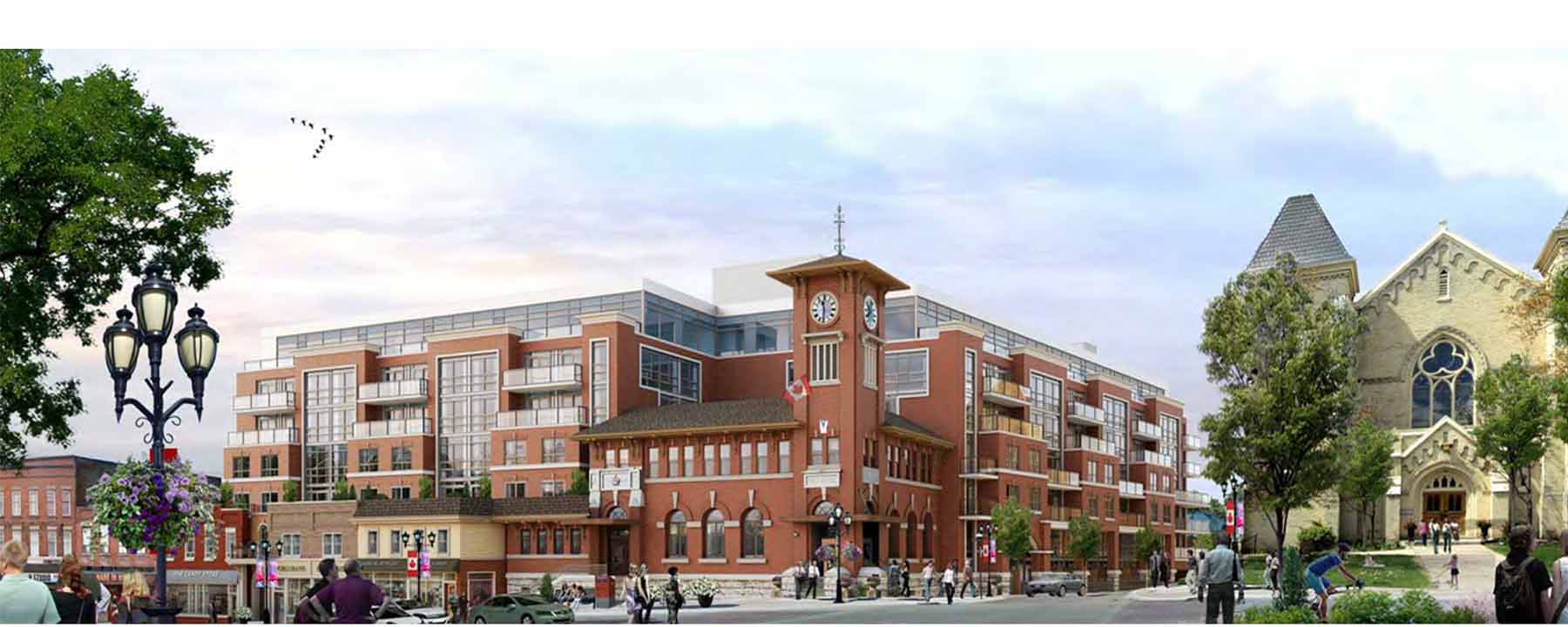
The OMB has set Wednesday 3 May 2017 as the provisional date for the Prehearing on the Clock Tower. It will be open to the public.
The venue has not as yet been decided.
The OMB tells us a prehearing is the meeting of Parties and Participants before a full hearing. Prehearings help to:
* identify issues, parties and participants
* organise complicated matters
* determine what documents need to be exchanged
* determine procedures before and during the hearing
* set future hearing dates
The Clock Tower developer, Bob "the Barbarian" Forrest, has appealed to the OMB on his original application - the one that was comprehensively rejected by councillors on 28 November 2016 with the decision confirmed by full Council on 5 December 2016. 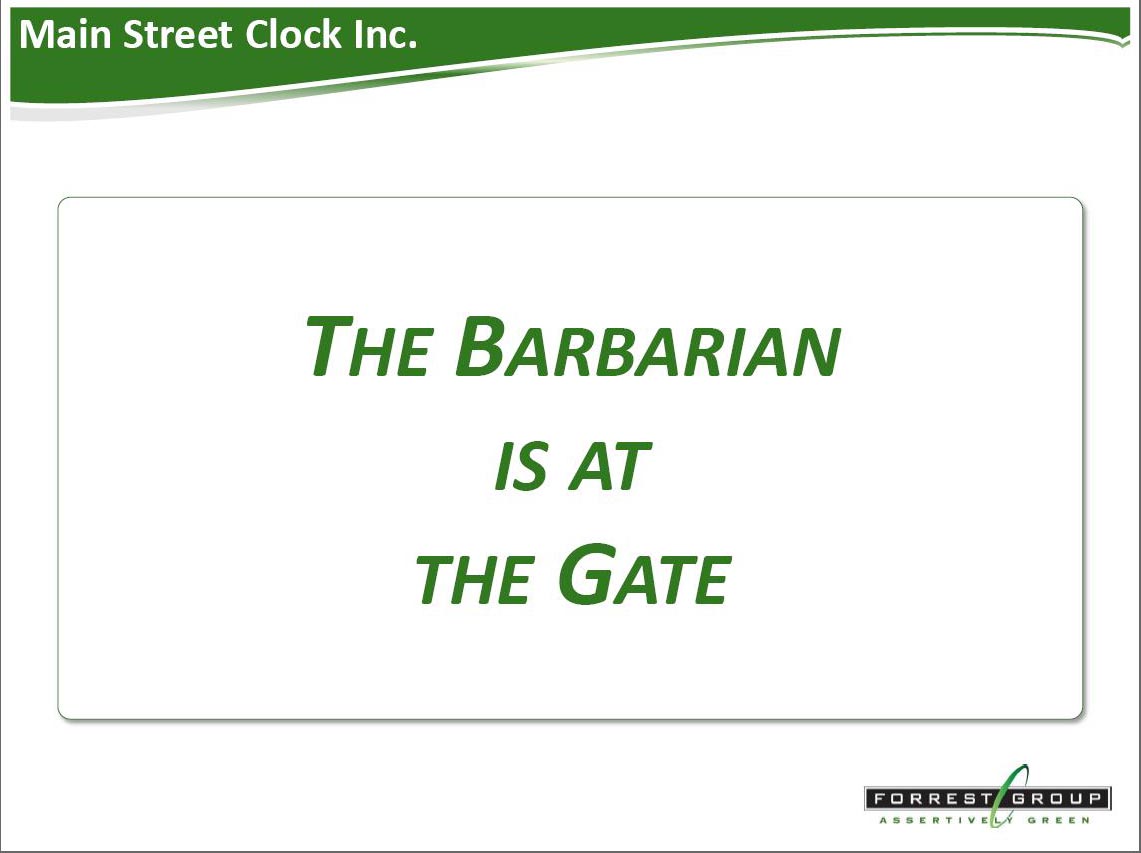
Forrest has hired the silver-tongued lawyer Ira Kagan to make the case for the Clock Tower development. I do not yet know who the Town will have in its corner - but he or she had better be good and totally up to speed.
Kagan is working from some pretty dodgy material but we know he is skilled in turning a sow's ear into a silk purse. He should not be underestimated.
He acted for the developer at the Slessor Square OMB Hearing. He appeared for Marianneville at the Glenway OMB Hearing and for Highland Gate Developments who are planning to build over the golf course in Aurora. From time to time he appears before committees at Queen's Park, arguing for changes to the Province's planning regime.
In June 2015 I sat next to him at the Glenway "lessons learned" meeting. Although he chose not to tell the meeting what he had learned he was open enough with me.
In those early days of innocence, I recall telling him how shocked I was that there was no transcript of the Glenway OMB Hearing. He casually remarked it was open to any of the Parties to commission one.
Seems to me the forthcoming Clock Tower Hearing deserves a transcript. It is a perfect case study on Heritage Conservation Districts and the threats they face.
Apart from the Town and the Developer we can expect other parties and participants to be involved in the OMB Hearing.
This email address is being protected from spambots. You need JavaScript enabled to view it.
Update on 3 March 2017: the prehearing will be held at 10am on Wednesday 3 May 2017 in the Council Chamber, Municipal Offices, 395 Mulock Drive, Newmarket.
Page 179 of 287